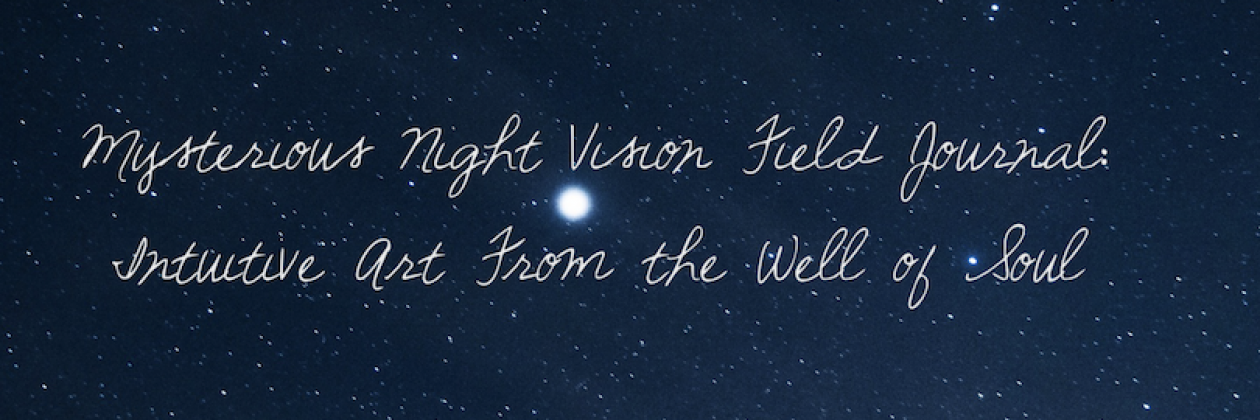On Friday, April 19, 2019, two lines of possibility crossed over out of the nowhere into the Now Here: my friend Merrill offered me the chance to join an emerging group which would be a women writers support group.
I was tempted, but then within a couple hours, I got a text from another friend, Sandy O’Brien, inviting me to join an on-going Heroine’s Journey Mandala Class.
I’ve had a long standing love affair with all things Joseph Campbell, The Hero’s Journey progenitor, and Maureen Murdoch, who wrote The Heroine’s Journey.
I have done mandala and shield work before, but nothing as in-depth as this promises to be. I said yes to this opportunity because it can include writing but focuses on, as Jung says, “memories, dreams, reflections.”
I arranged to meet Sandi, and on the way, I saw I was following a car with the license “OBrien” on it.
Robert Moss, author of The Three Only Things: Tapping the Power of Dreams, Coincidence, and Imagination, says that “the world is a forest of symbols” (113) and like Jung, encourages us to trust the unexpected coincidence and to allow “those patterns to reveal themselves” (114).
The license plate that only flashed before my eyes for a few seconds, appearing then disappearing out of the chaos of traffic, seemed to me an exclamation point that I had chosen the correct path of the two that had appeared to me.
On Saturday, I met with Sandi O’Brien in her beautiful, art-filled home in Creswell. Oregon, and got to know her and the class materials better.
The physical object to be created is a mandala like the ones by Sandi O’Brien shown here. The process is long–she says up to eighteen months or two years.
Each ring and sub-section of rings is a separate meditation or inward reflection or dream recorded, considered, discussed, distilled to its essence and added to the piece.
Each mandala is a journey by the artist through a period in her life where she is looking back, looking into the Dreamtime, looking forward and drawing all the threads of her life together.
At our first meeting, she and I split a large sheet of Arches watercolor paper. If you mingle blood and take an oath, two people become “blood brothers.” The two Sandies have split a piece of paper to make our mandalas on; we are “mandala sisters.” The two halves of the paper will continue to speak to each other over time.
Gouache mandala by Sandi O’Brien.

